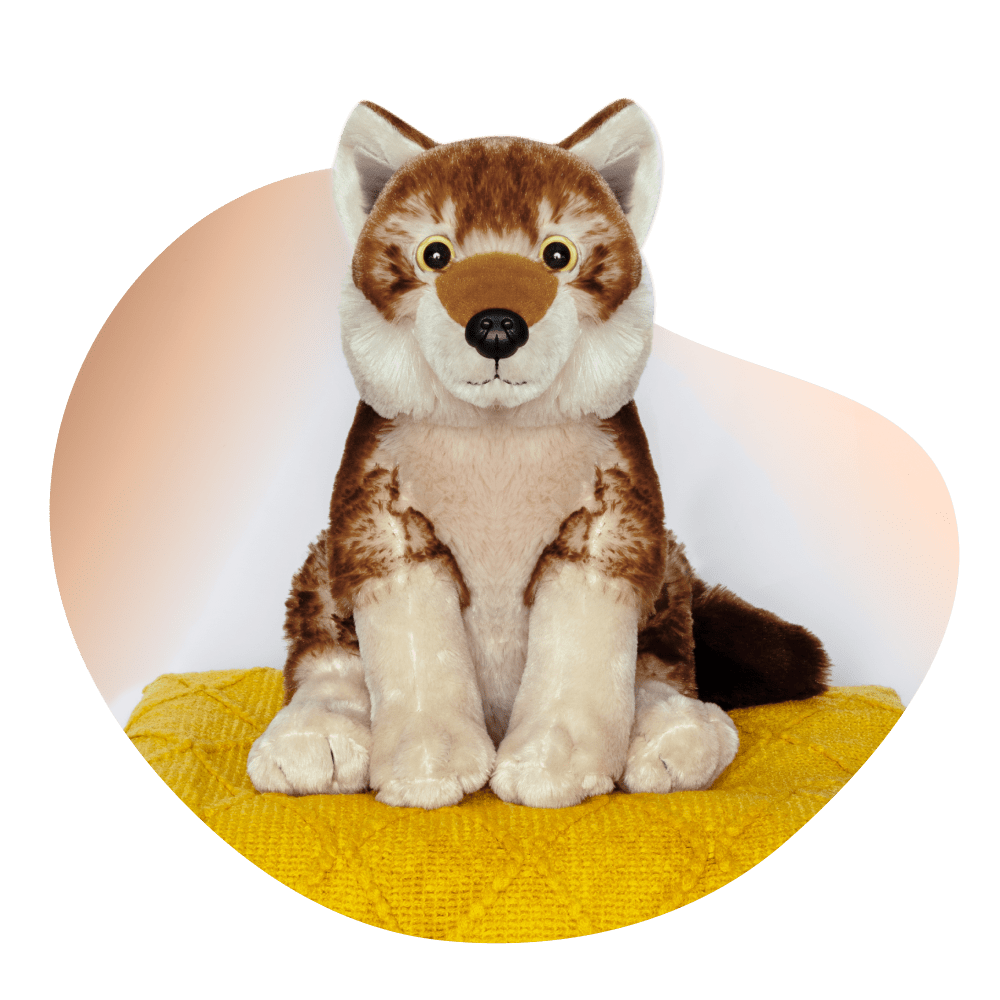
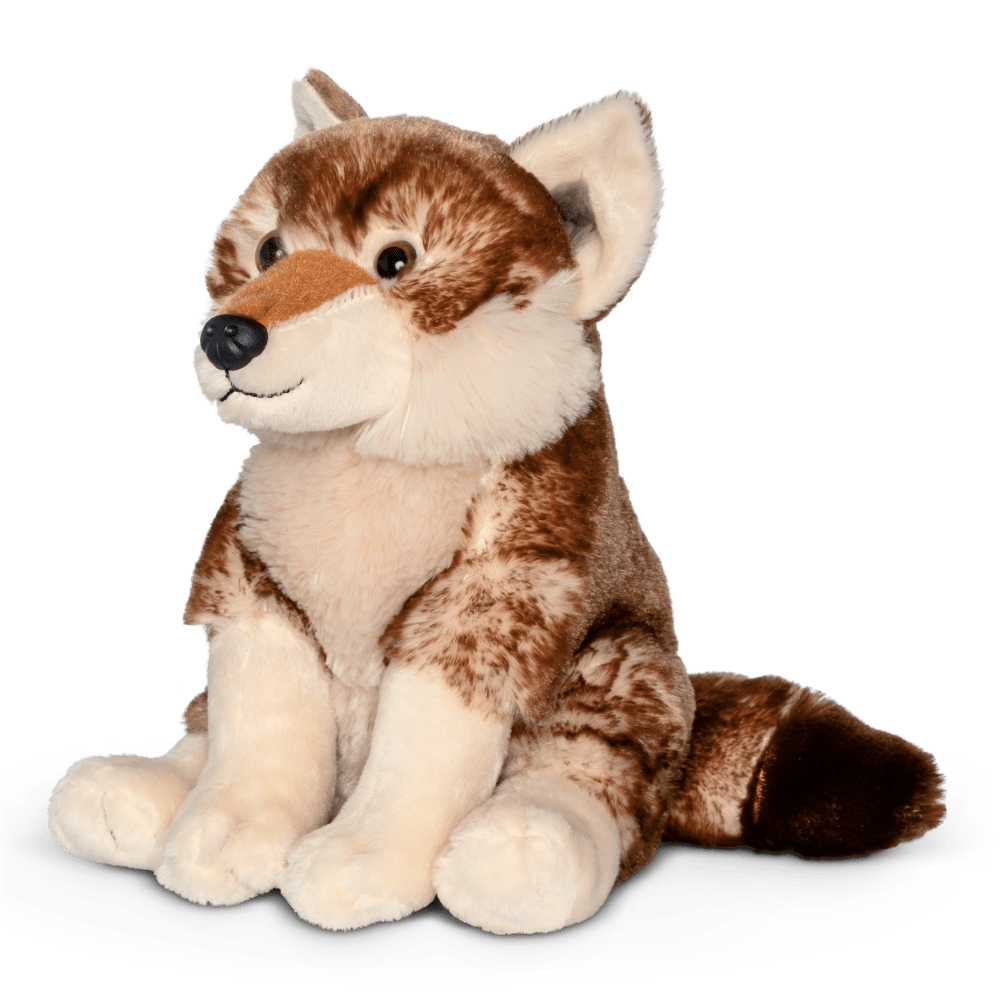
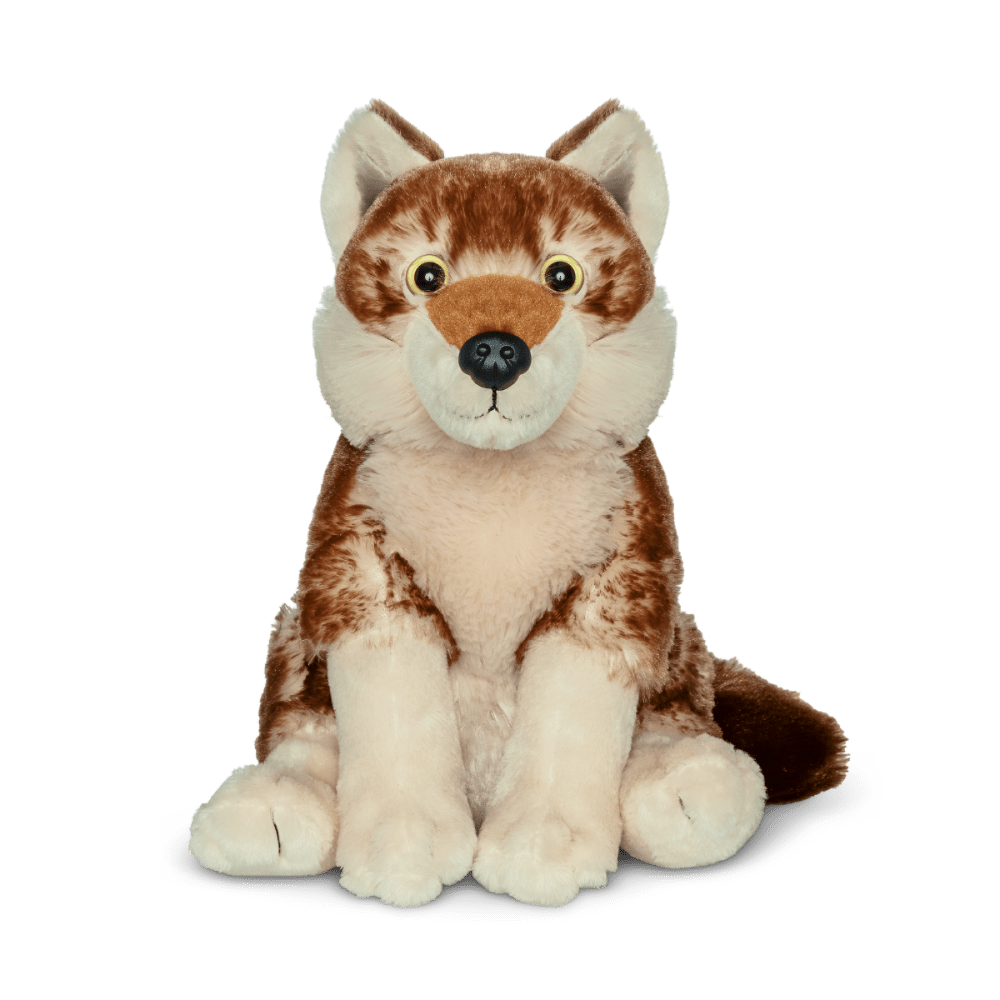
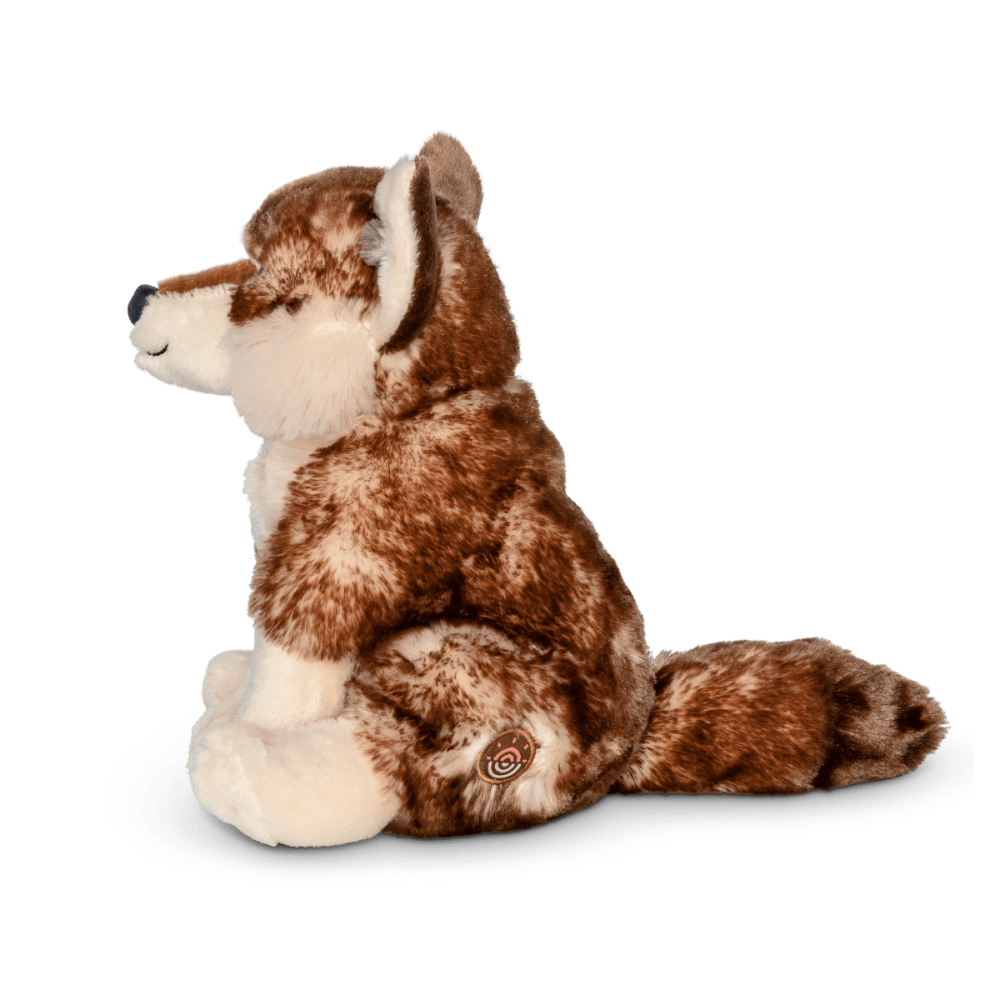
Each Plush Comes With A
Real Wolf To Track
Each Plush Comes
With a Real Wolf To
Track
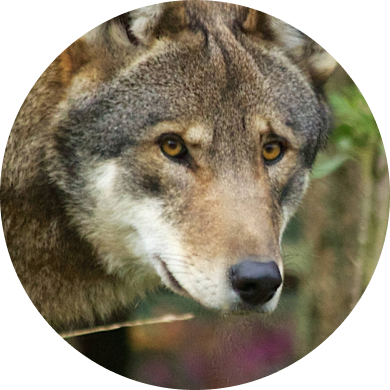
Meet your wolf and learn their story
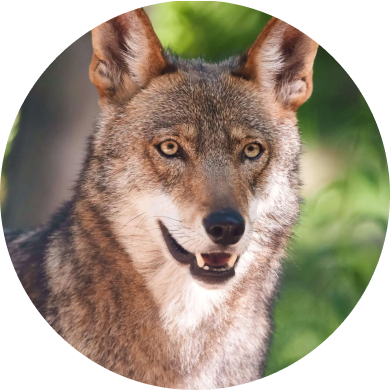
Reveal exclusive stats, photos, and updates along the way
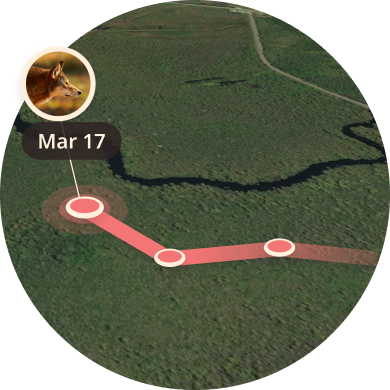
Scout their journey on a 3D tracking map
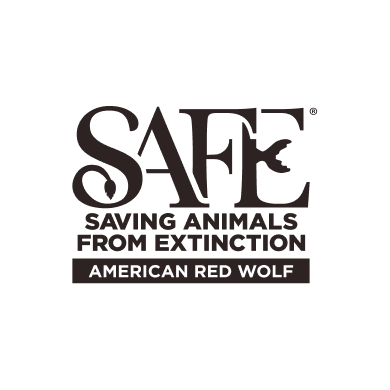
In partnership with AZA SAFE: Saving Animals from Extinction Red Wolf
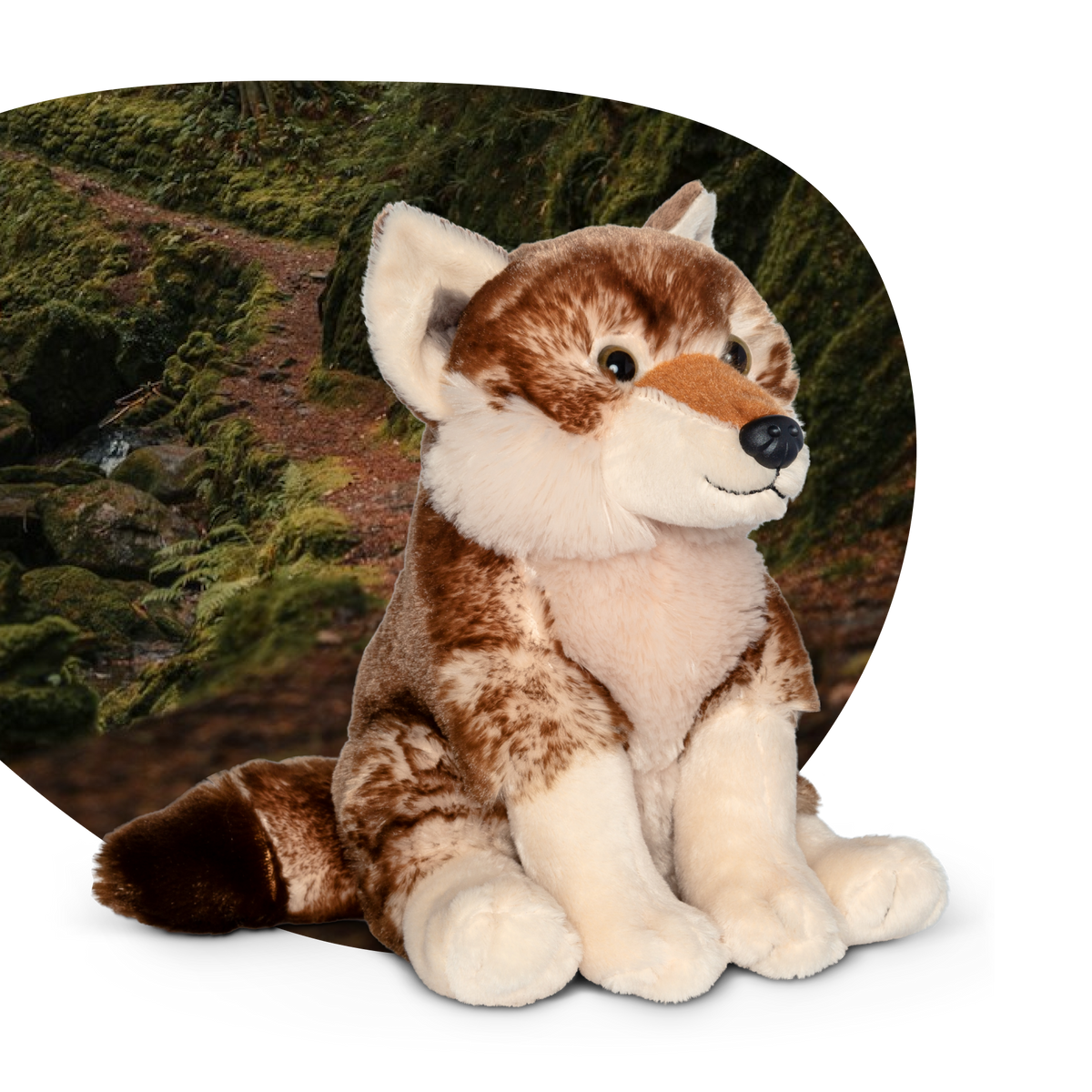
Made in partnership with AZA SAFE: Saving Animals from Extinction Red Wolf to help protect and restore the Red Wolf population in North Carolina. Your purchase helps Fahlo support their mission to conserve, research, and raise awareness for this important species.
One Small Plush.
One Big Mission.
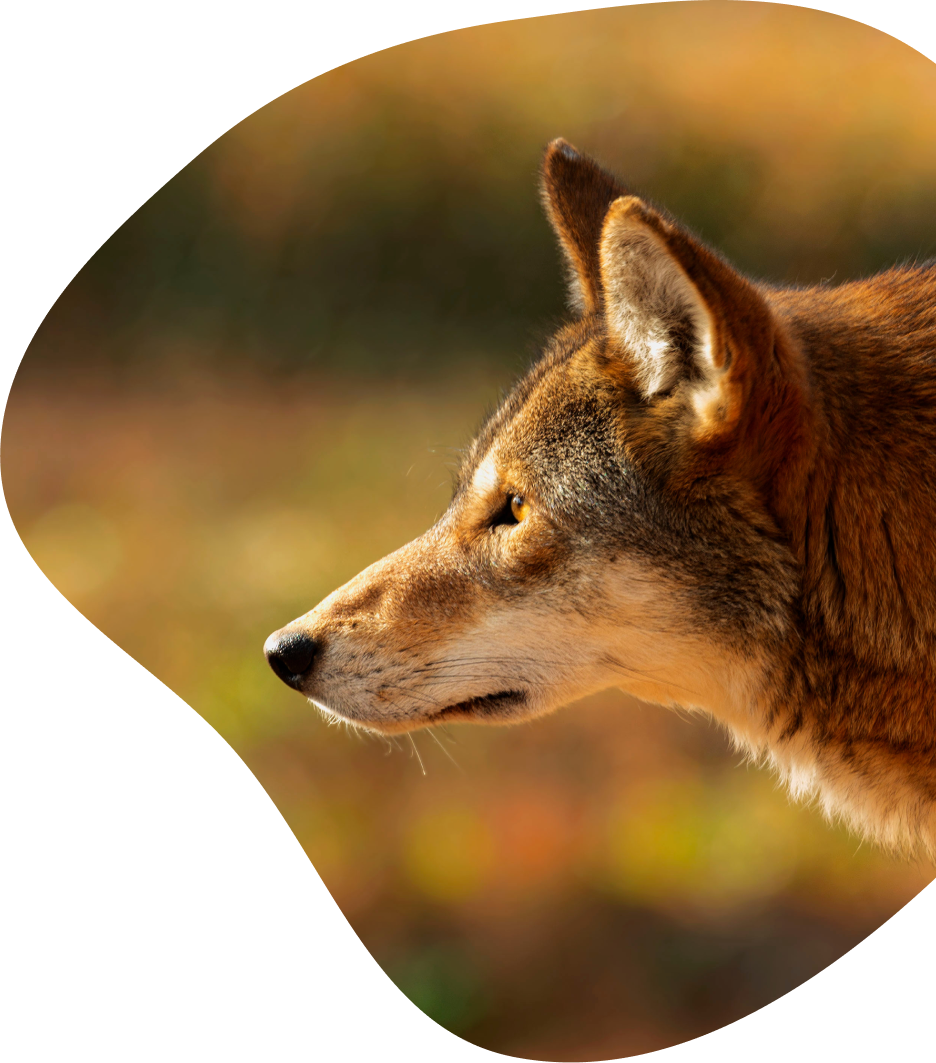
Common Questions
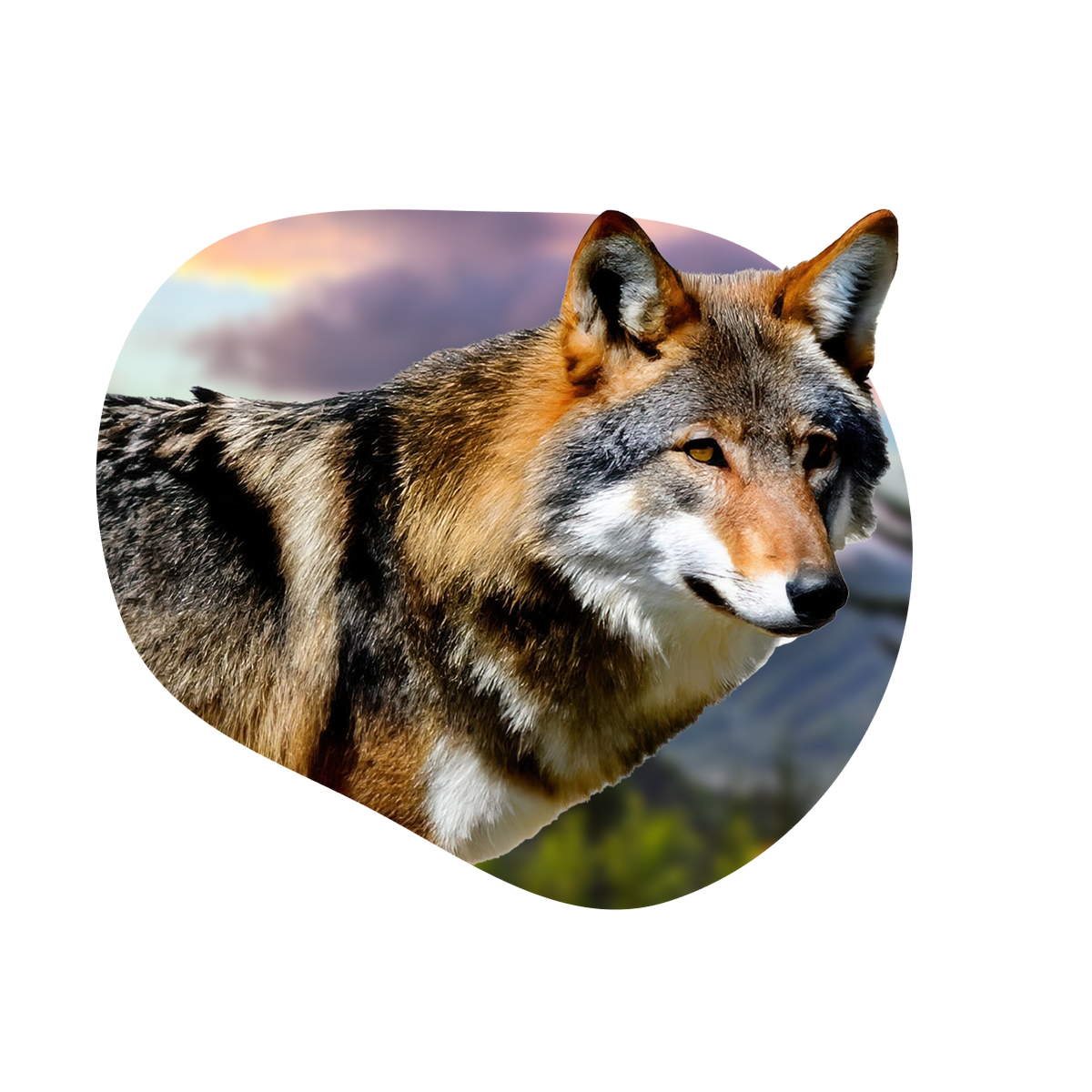
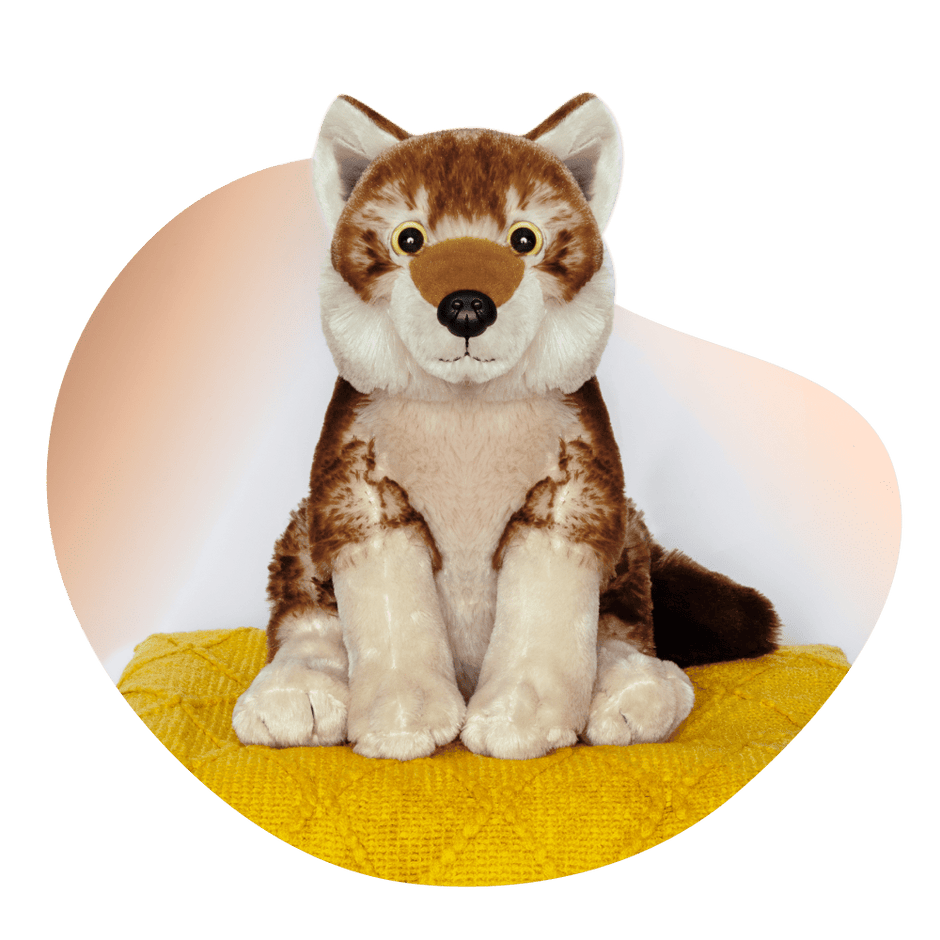
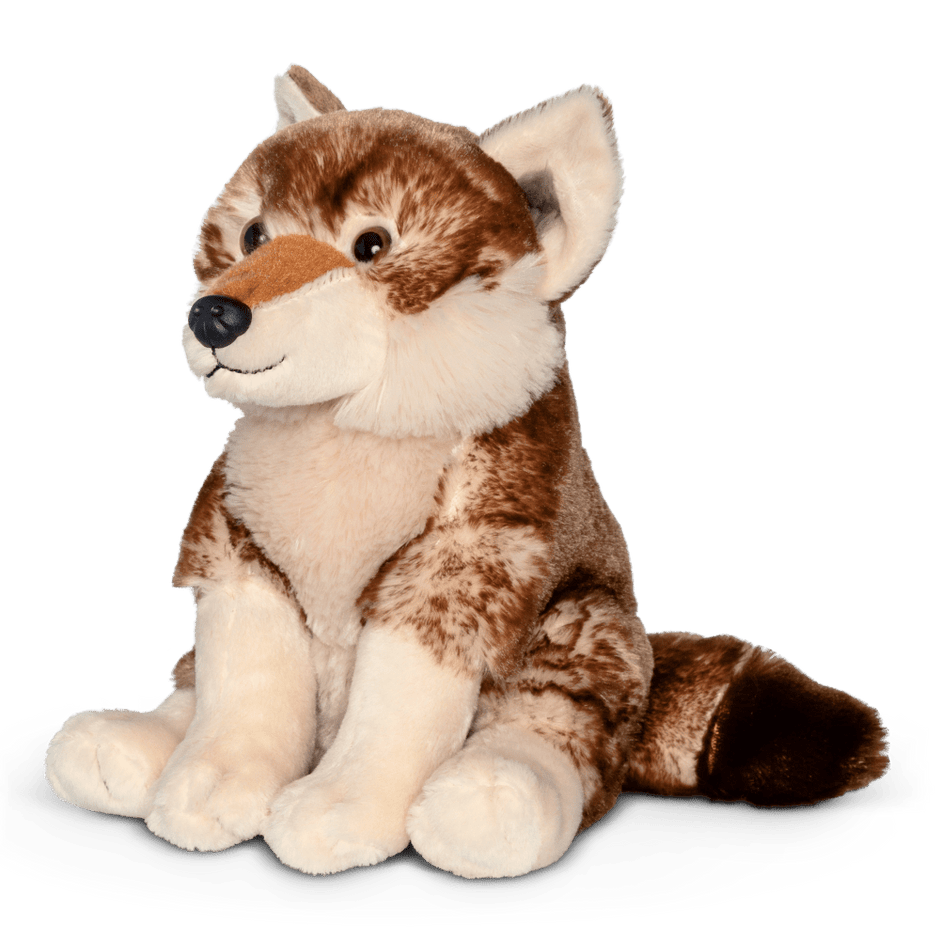
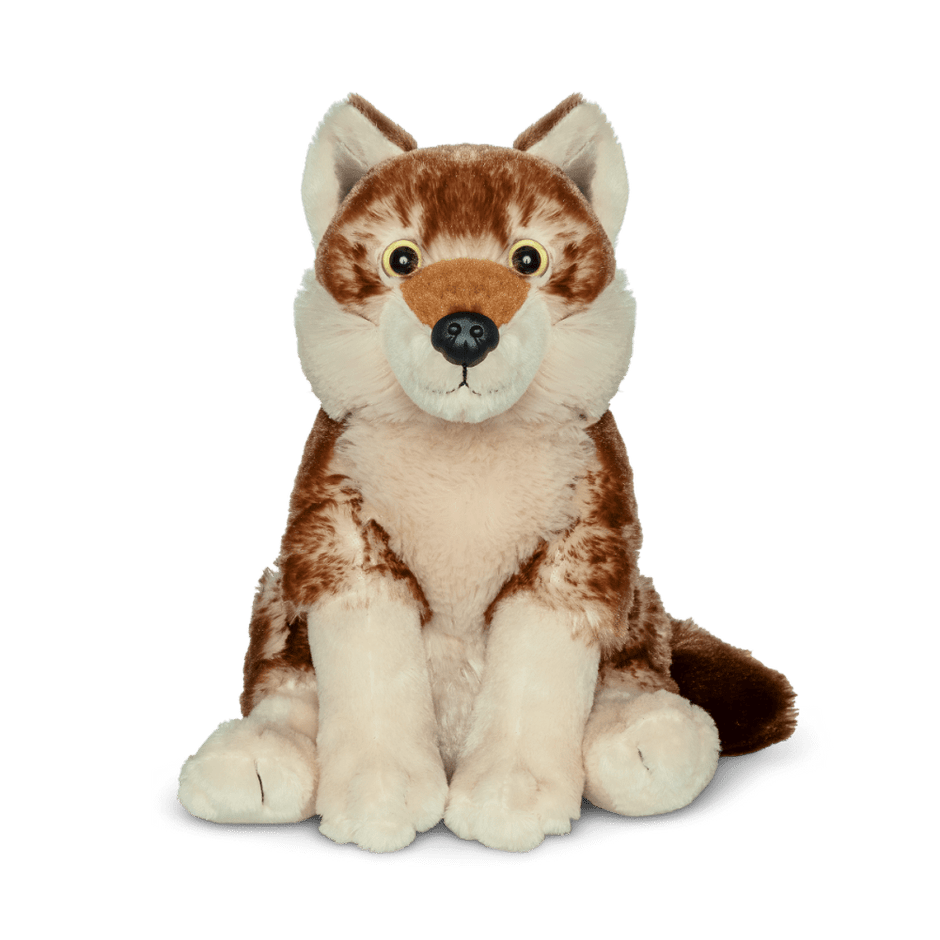
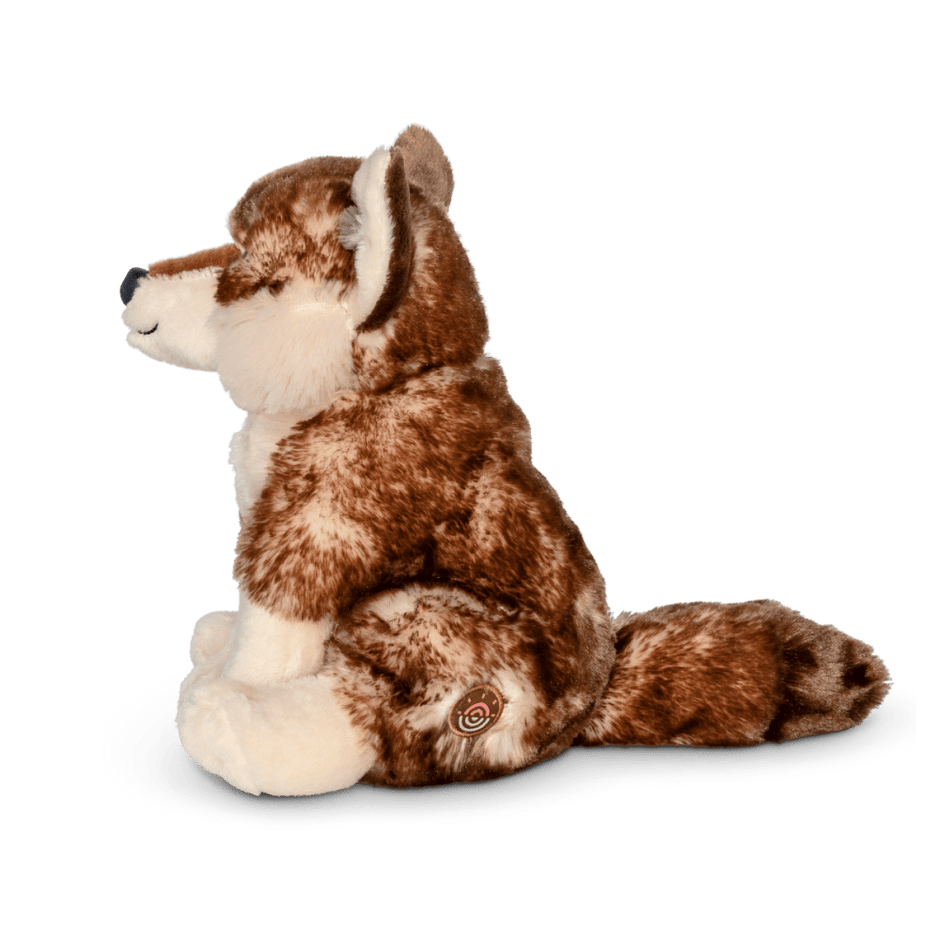
 This animal’s safety guarded with the Fahlo Protection Ping™
This animal’s safety guarded with the Fahlo Protection Ping™ Add 2 or more plush for free shipping
Add 2 or more plush for free shipping Fahlo donates 10% of all profits to our nonprofit partners
Fahlo donates 10% of all profits to our nonprofit partners 100% eco-friendly: made from recycled water bottles
100% eco-friendly: made from recycled water bottles  Huggable for all ages
Huggable for all ages Size: 10.5"
Size: 10.5" SSL Secure Checkout
SSL Secure Checkout Dedicated Customer Service
Dedicated Customer Service 100% Happiness Guarantee
100% Happiness Guarantee